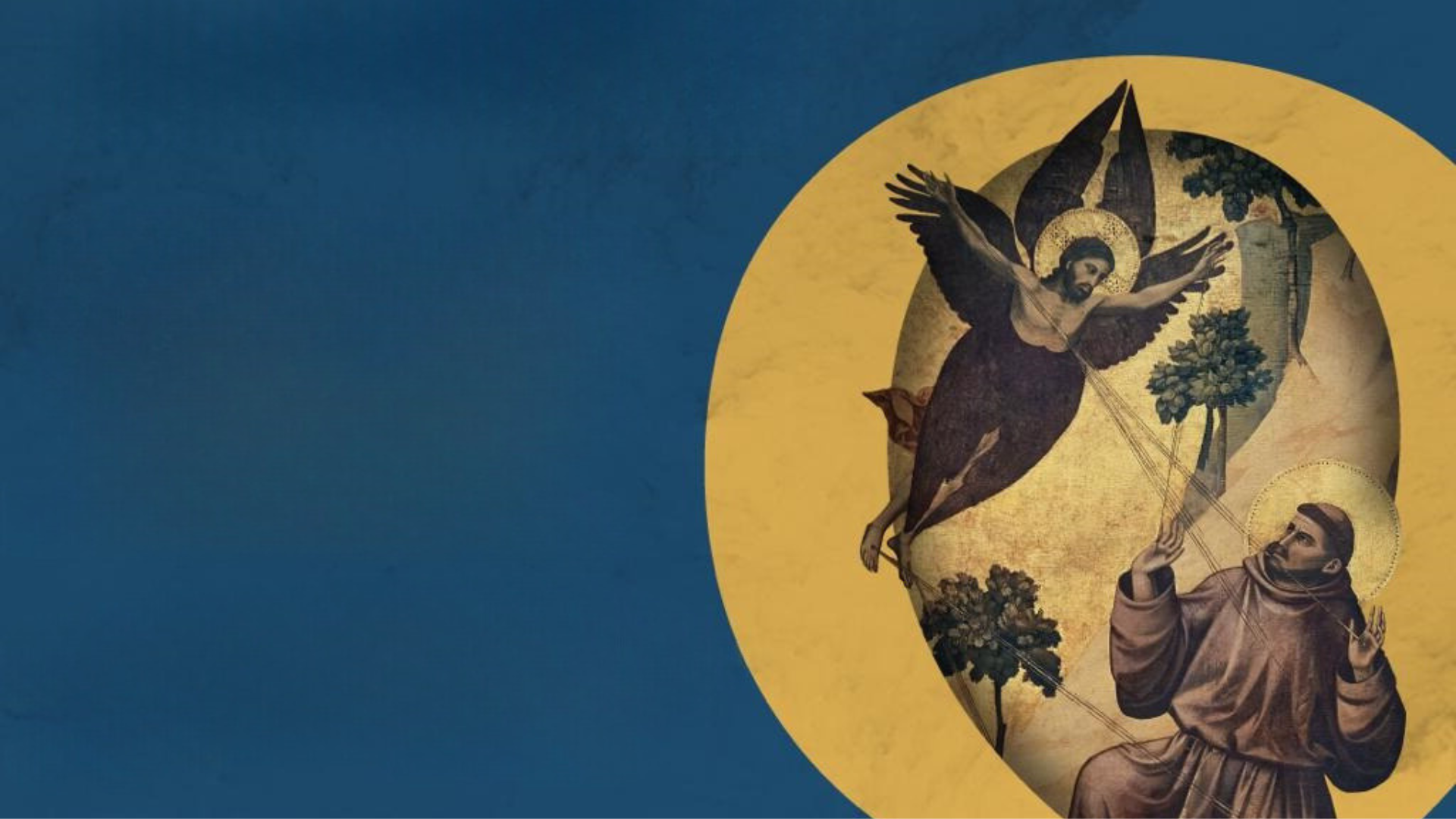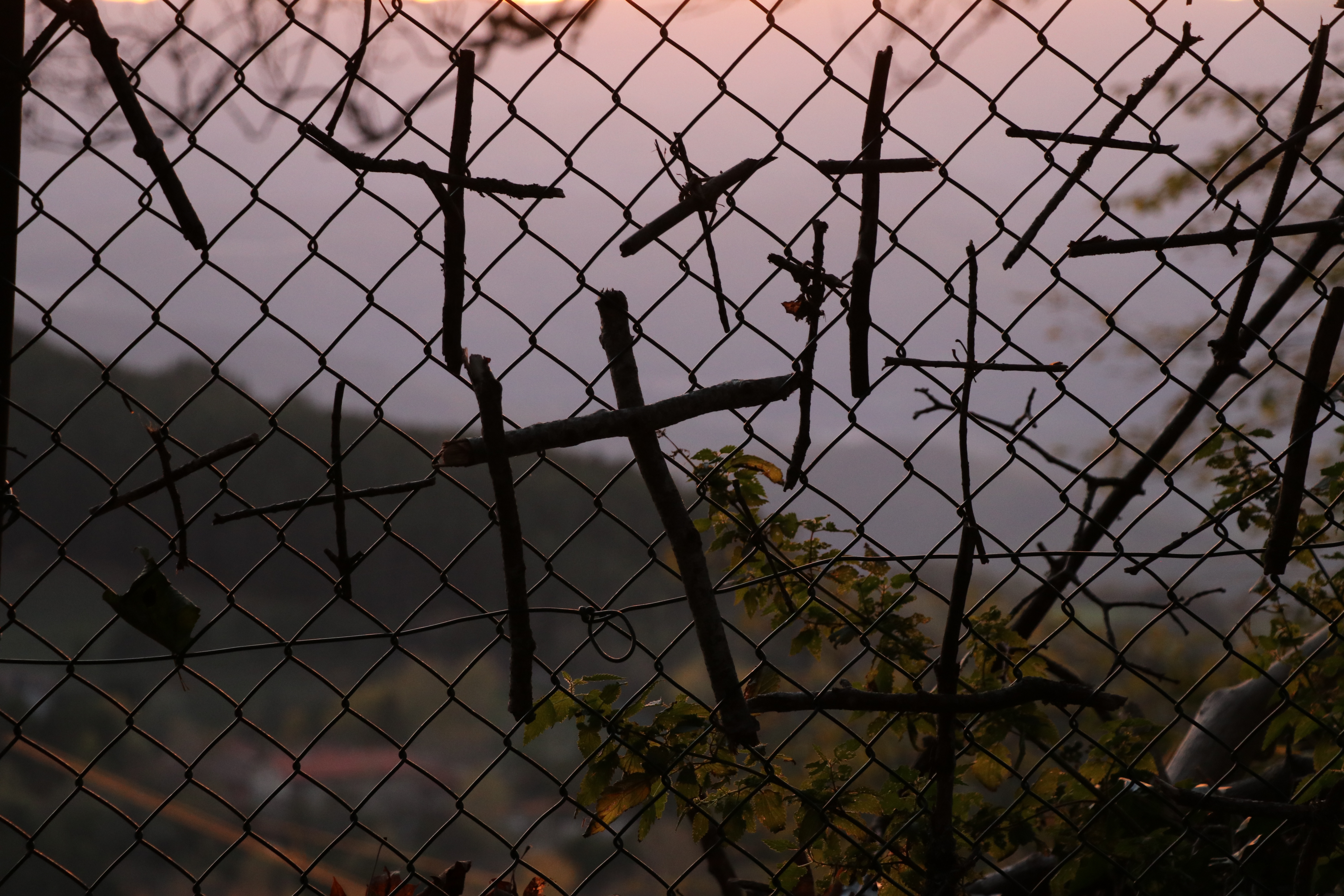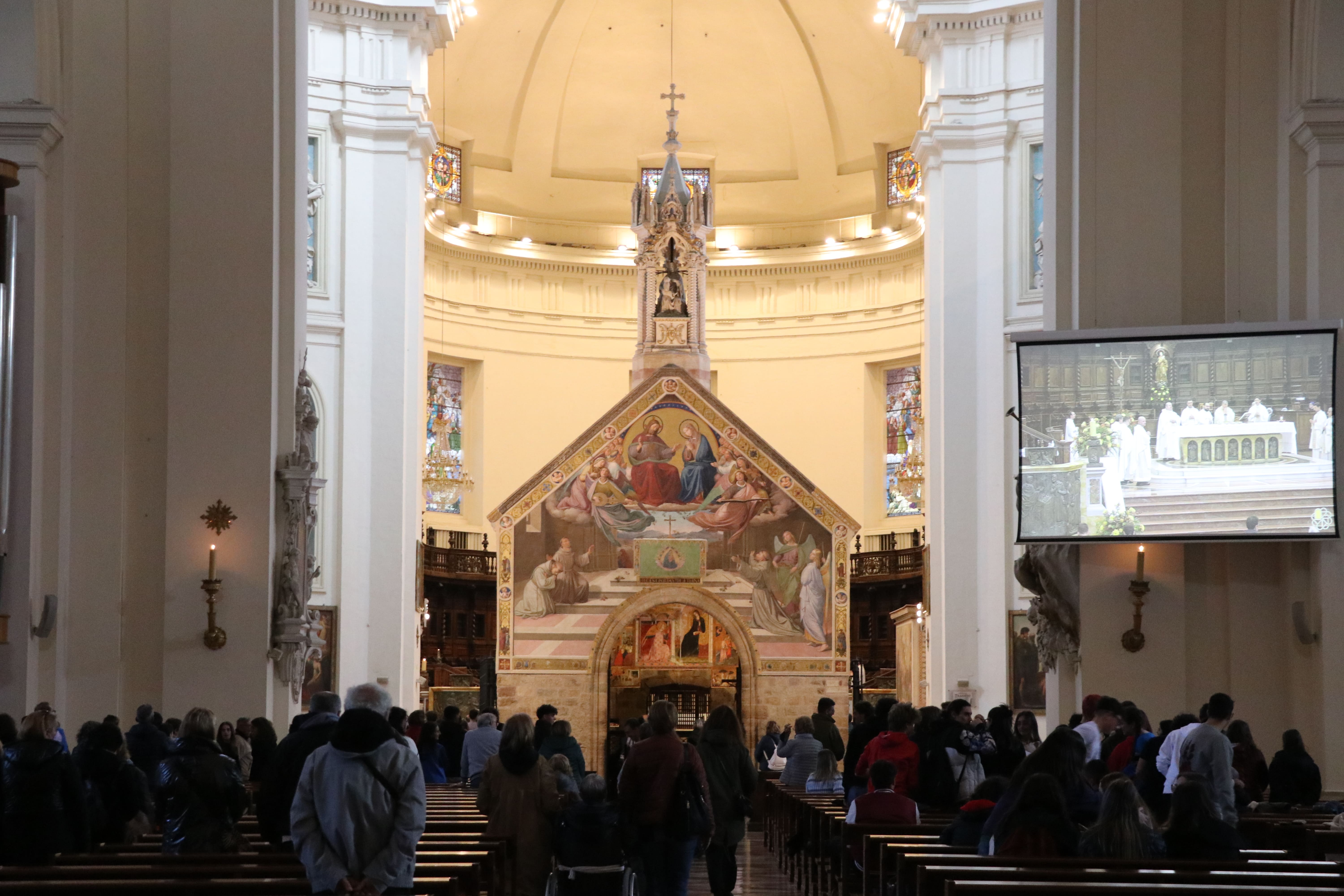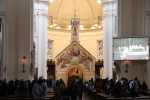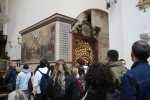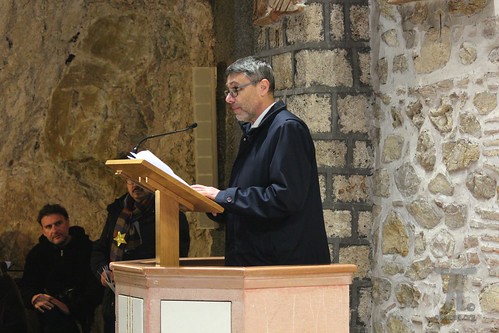In the plain below Assisi, the early friars played an important role in clearing out the woodland and constructing a chapel dedicated to St. Mary of the Angels. In later centuries, this chapel would become known as the “Portiuncula.” Francis, the son of Peter Bernardone, was a frequent visitor to the chapel, especially after his life changed when he showed mercy to the lepers and when he had founded his Gospel-centered fraternity. From the early 1320s on, his fraternity would be known as the Order of Friars Minor.
After a period of living here and there along the wayside, the friars developed a more stable presence. In the Earlier Rule of 1221, the rule without a papal seal, it states: “All the ministers who are in regions overseas and beyond the Alps may come to the Chapter of Pentecost in the church of Saint Mary of the Portiuncula once every three years, and the other ministers once a year.”
But as early as 1216, Jacques de Vitry described certain gatherings called Chapters, in which the friars “of this Order, with much profit, come together once a year in a determined place to rejoice together in the Lord and to eat together. They draw up and promulgate their holy statutes with the advice of good men and have them confirmed by the Lord Pope.” The Later Rule, approved by Pope Honorius III in his Bull, Solet annuere on November 29, 1223, states more generically that Chapters were to be conducted at “whatever place the Minister General may have designated.” However, these meetings mainly took place at the chapel in the valley below Assisi. These meetings were full of debate and discussion. However, they were also times when the friars could compare their own lives to the life lived according to the pattern of the holy Gospel and vice versa. They were times when they could share their common desire to follow in the footsteps of our Lord Jesus Christ.
Such a lifestyle was not easy, and there could be some real moments of tension - as illustrated by the story about “perfect joy,” a story that was set at St. Mary of the Angels, the place where Brother Francis wanted to be in the last moments of his life. The comment he wrote in his Testament, “the Lord gave me some brothers,” was both direct and profound because he died surrounded by his friars and others, including the Roman noblewoman, Jacopa Settesoli. Francis’ death occurred on Saturday evening, October 3, 1226. However, in liturgical terms, it was already Sunday, October 4. Today, that is the date we still use to commemorate his transitus or dies natalis, his “birth unto eternal life.” As soon as daylight came, the friars carried Francis’ body past San Damiano so that it could be venerated by Clare and her community. Then it was entombed in the Chapel of San Giorgio where it remained until it could be transferred to its final resting place in the Basilica named after him, built on the slopes of Mount Subasio, at the behest of Pope Gregory IX.
Over the centuries, the Portiuncula has been specially venerated as a Marian shrine for obtaining pardon for one’s sins. Because of this, on October 27, 1986, Pope John Paul II went to the Portiuncula to proclaim an interreligious day of pilgrimage, fasting and prayer for peace.

